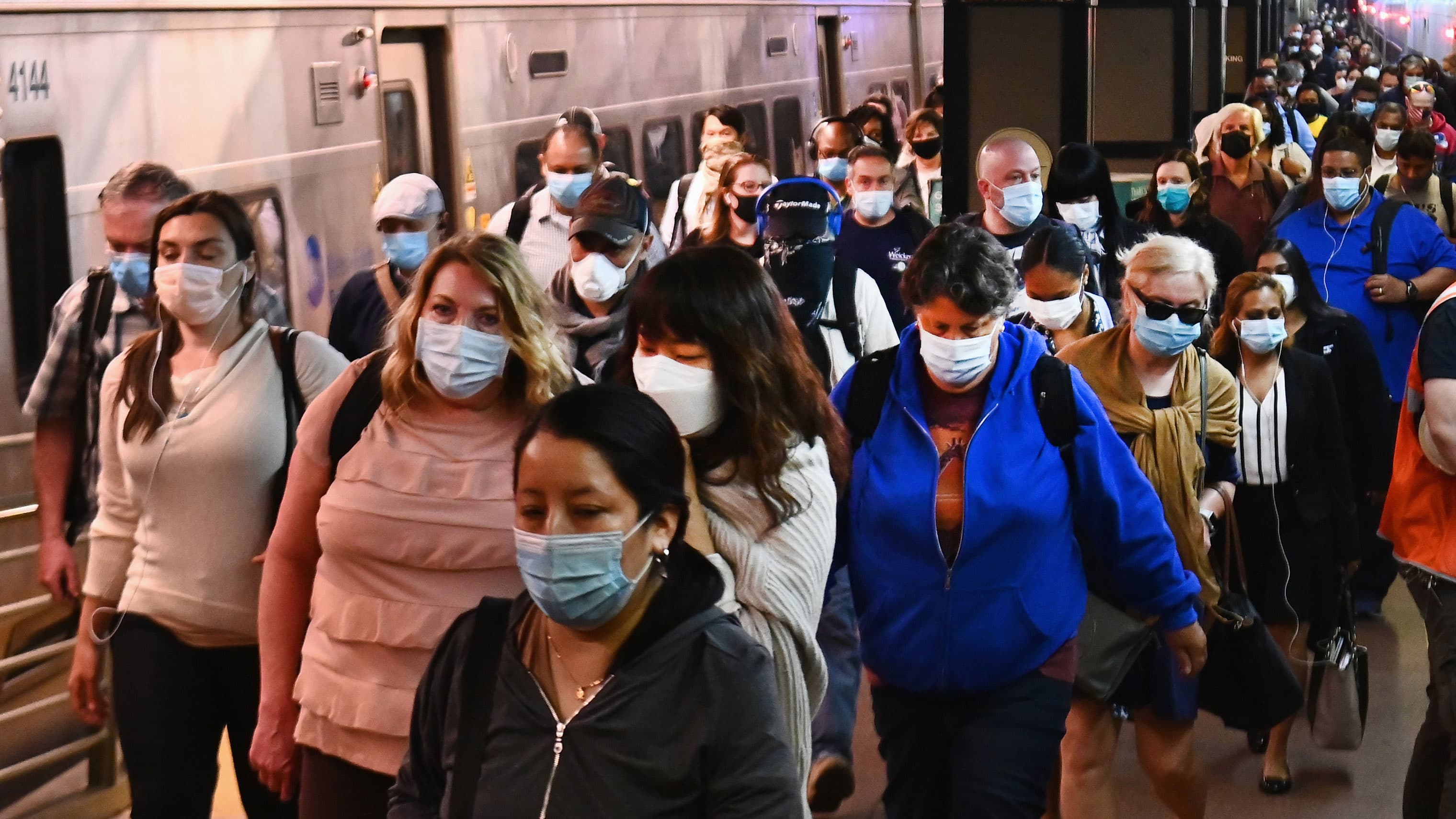The September jobs report showed Black unemployment dropped sharply from the month prior, but workers leaving the labor force complicated the recovery picture.
The overall U.S. unemployment rate dropped from 5.2% to 4.8%, according to the Labor Department report, better than the expected 5.1%. Meanwhile, jobs growth disappointed with 194,000 nonfarm payrolls added in September, compared 500,000 expected.
For Black workers, the unemployment rate fell to 7.9% in September from 8.8% in August. That’s the largest drop when compared with other racial groups in the jobs report and notable considering labor market recovery for Black Americans has lagged behind other groups throughout the pandemic.
However, the labor force participation rate of Black Americans also fell to 61.3% in September from 61.6% the previous month. That figure dropped just slightly for white workers, by one-tenth of a percent, and rose for Hispanic and Asian workers.
The shrinking Black labor force suggests the improved unemployment picture for Black Americans can be attributed partially to job seekers exiting the labor force rather than an indication of longer-term recovery, economists said.
“The improvement in this month’s unemployment rate is misleading given the decline in the participation rate, in particular when you look at Black men and women,” said economist Valerie Wilson, director of the Program on Race, Ethnicity, and the Economy at the Economic Policy Institute.
“I don’t think that is signaling any acceleration or improvement in the pace of recovery at this point,” Wilson added, noting the difficulty of drawing conclusions about labor market trends from month-to-month changes.
The combination of falling unemployment rates and labor force participation indicates a division in the economic recovery, according to William Rodgers, vice president of the Federal Reserve Bank of St. Louis and director of the bank’s Institute for Economic Equity.
“You have a set of people who are benefiting and being drawn into the economy and finding opportunity, but then you have another set of people who face barriers, hurdles, constraints that are putting them in positions to where they are leaving the labor force,” Rodgers said.
Factors contributing to labor force dropout include the Covid delta variant, a disproportionate representation of Black workers in industries impacted by the pandemic, and systemic discrimination, economists told CNBC.
Among Americans not in the labor force in September, 1.6 million cited the pandemic for why they could not look for work, according to Labor Department.
“Those labor force participation rate declines are also another indicator of damage from this delta peak. Reliable child and elder care has continued to be a problem for a lot of people,” Ian Schmutte, economics professor at the University of Georgia, said.
While the 7.9% Black unemployment rate in September indicated a sharp improvement from the month prior, the white unemployment rate recovered to the 7% range by August 2020. The unemployment rate for white workers last month was 4.2%, down from 4.5% the month prior.
“That suggests and points to underlying structural factors that result in this persistent two-to-one disparity in unemployment, and discrimination is a part of that,” Wilson said.
September’s jobs report also showed labor market recovery among women lagging behind men, a trend throughout the pandemic.
The total employment level for men across all racial categories has recovered more than the U.S. overall, while women have fared worse — particularly Black and Hispanic women.
“This unemployment picture, while numbers are still going in the right direction, it’s obscuring the fact that millions of women did leave the American labor forces last year, and disproportionately those women are Black and Latina,” said Michelle Holder, president of the Washington Center for Equitable Growth and economics professor at John Jay College of Criminal Justice in the City University of New York.
What’s more, evidence suggests women who leave the labor force tend to stay out longer than male counterparts, Holder noted.
Enjoyed this article?
For exclusive stock picks, investment ideas and CNBC global livestream
Sign up for CNBC Pro
Start your free trial now
